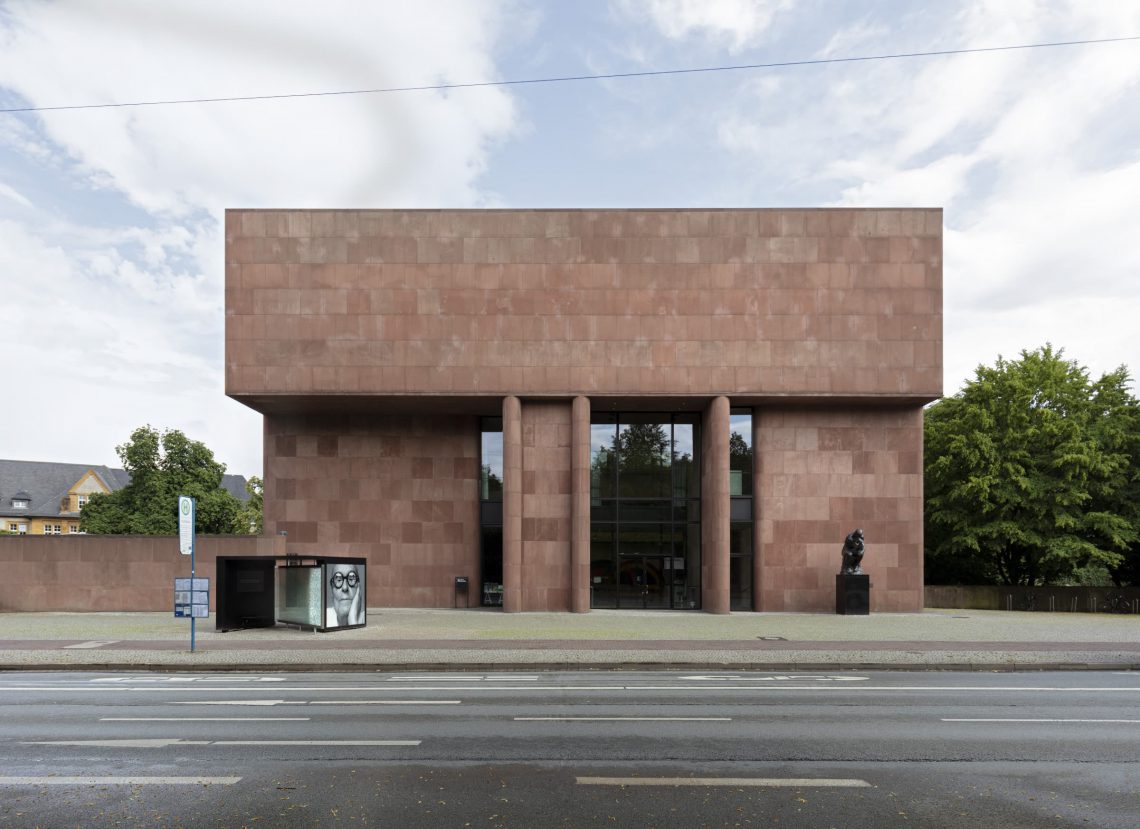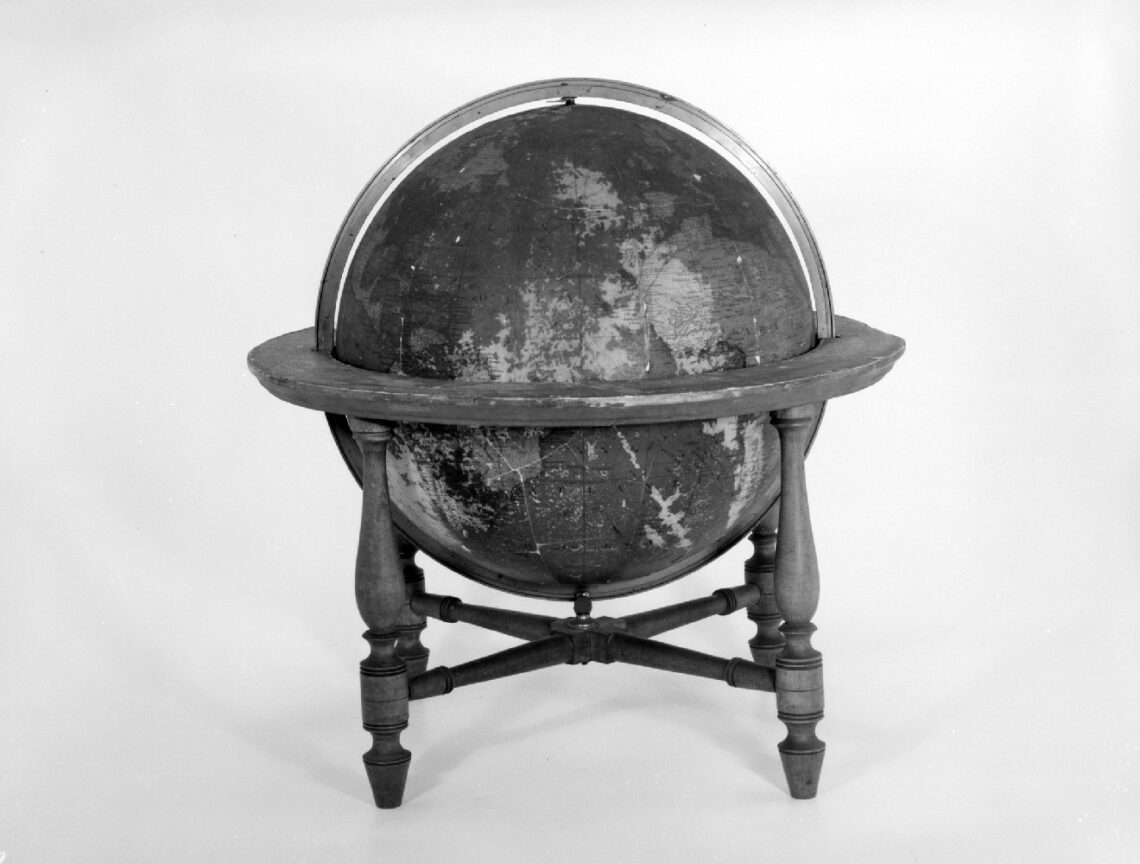Art has WUMM – The Kunsthalle and its naming as a site of civil society debates and artistic interventions
A contribution by Dr. Irene Below
Art historian, Werther
Impulse lecture within the framework of the symposium
Yesterday. Today! Tomorrow?
From the museum of late modernism, its history and its future, monument protection, the “third place” or climate box versus climate crisis.
Part I, April 21 + 22, 2023
Good Spirits, Bad Spirits: Facing the Stories of the Kunsthalle
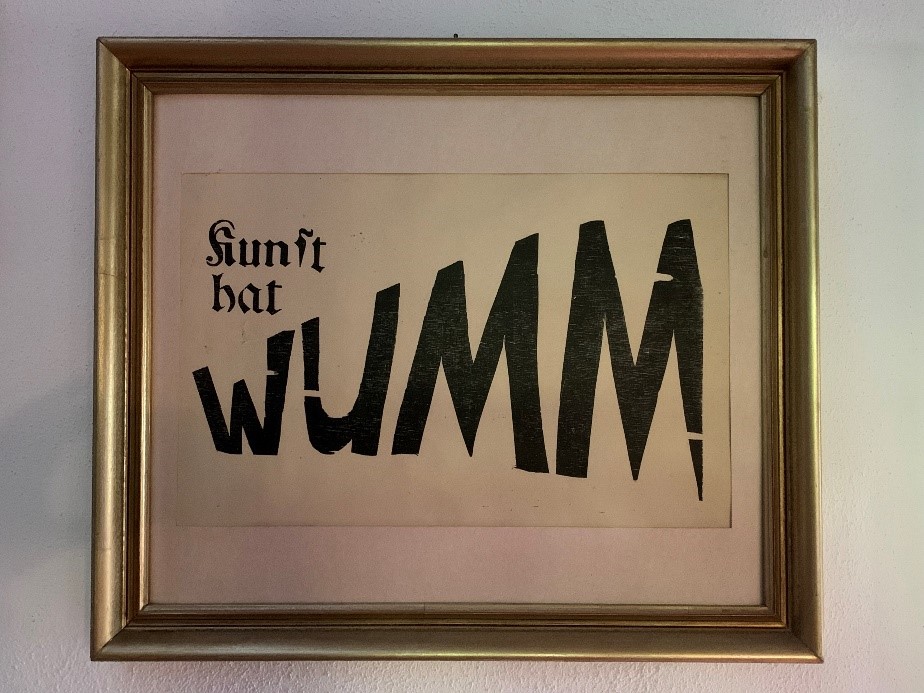
The new building of the Bielefeld Kunsthalle, the dedication plaque of the founder and owner of the building in the entrance area “To the victims – of the Second World War -of our city – among them – my second father – Richard Kaselowky – – Rudolf August Oetker”, the naming of the house after him (without naming the victims of the Nazi regime) and the focus on Expressionism, the perpetration of the Oetker company and its protagonists during the National Socialist era was reinterpreted as a meaningful sacrifice for the urban society. Since 1968, students, artists, scientists, and committed citizens have protested against this on various occasions in several waves and in a variety of forms and media. My article presents the actions, protests, and interventions in this 50-year process – flyers, open letters, and demonstrations and, in response, canceled opening ceremonies[1] (1968), protests by students at the Werkkunstschule after the censorship of the exhibition contribution by the project group Art and Politics with a flyer Comic, linoleum cut-outs such as “Kunst hat Wumm,” happenings and political events (1971), demands to rename the Kunsthalle the Käthe Kollwitz House and a motion to that effect by the Green Party/Bunte Liste in the city council that was rejected without discussion (1985), radio broadcasts on citizens’ radio about the architect Philipp Johnson and Richard Kaselowsky, alternative “sprawling celebrations” around the Kunsthalle for its 30th birthday with a birthday cake, a second “Käthe Kollwitz House” and a “Käthe Kollwitz House” (1985). Birthday with birthday cake, a second commemorative plaque, the offer of multiples “Pizza Richard Kaselowsky” and “Pizza Ida Kaselowsky” and the signature lists for a residents’ petition for renaming, whereupon the city council decided to rename the Kunsthalle Bielefeld (1998). With the replacement of the dedication plaque in the entrance area before its 50th birthday (2018), this other turbulent history of the Kunsthalle, fueled by imagination and passion for art, threatens to be forgotten, and with it the commitment of pupils, students, artists, scholars, and the city society at large to its Kunsthalle. Many of the issues and topics they raised continue to be relevant. Who has the say / who has a say in the building and its repeatedly blocked expansion, in the orientation of the collection and the exhibitions, and in the pedagogical concepts? What kind of building and what kind of structures does a radical-democratic museum need in these times of crisis that aims at the participation of the urban society, which has become more diverse, and enables emancipatory debates?
[1] https://historischer-rueckklick-bielefeld.com/2008/09/01/01092008/


In the 1980s, left-wing groups in Bielefeld demanded that the Bielefeld Kunsthalle be renamed the Käthe Kollwitz House, and the Green Party failed with a corresponding motion in the council.
You can watch the recording of the entire talk here.
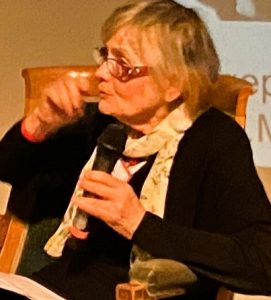
Studied art history, archaeology and German language and literature in Munich, Cologne, Florence and Berlin. Doctorate at the FU Berlin (1971). Since 1970 planner and from 1974 to 2004 lecturer at the Oberstufen-Kolleg of the University of Bielefeld. Since then freelance work as lecturer, curator and publicist. From 1988 to 1999 coordinator of the AG Künstlerinnen des 20. Jahrhunderts in the section “Frauenforschung in der Kunstwissenschaft” in the Ulmer Verein für Kunst- und Kulturwissenschaft. 2000 Founding member of the frauenkunstforum-owl e.V. (fkf-owl), now Künstlerinnenforum Bielefeld-OWL e.V. and 2001 initiator of the “ein-seh-bar – sichtbares künstlerinnenarchiv ostwestfalen-lippe”. Since 2000 active in the Women and Exile Working Group of the Society for Exile Research.
Texts on the building and name of the Kunsthalle Bielefeld: _
The Kunsthalle Bielefeld – a “great memorial stone” for perpetrators and victims? in: Art and Politics, Yearbook of the Guernica Society, 2, 2000, pp. 175-196.
http://archiv.vm2000.net/45/kunsthalle.below.site/kunsthalle.html
“To avert harm to our city and all involved” The Symbolic Order of Gender in the Dispute over the Bielefeld Kunsthalle, in: FKW Zeitschrift für Geschlechterforschung und visuelle Kultur 27, 1999, pp. 6-24.
https://www.fkw-journal.de/index.php/fkw/article/view/685
The symposium is sponsored and supported by:

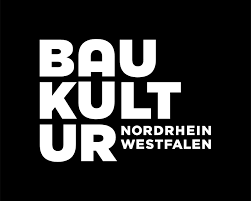

Gallerie

